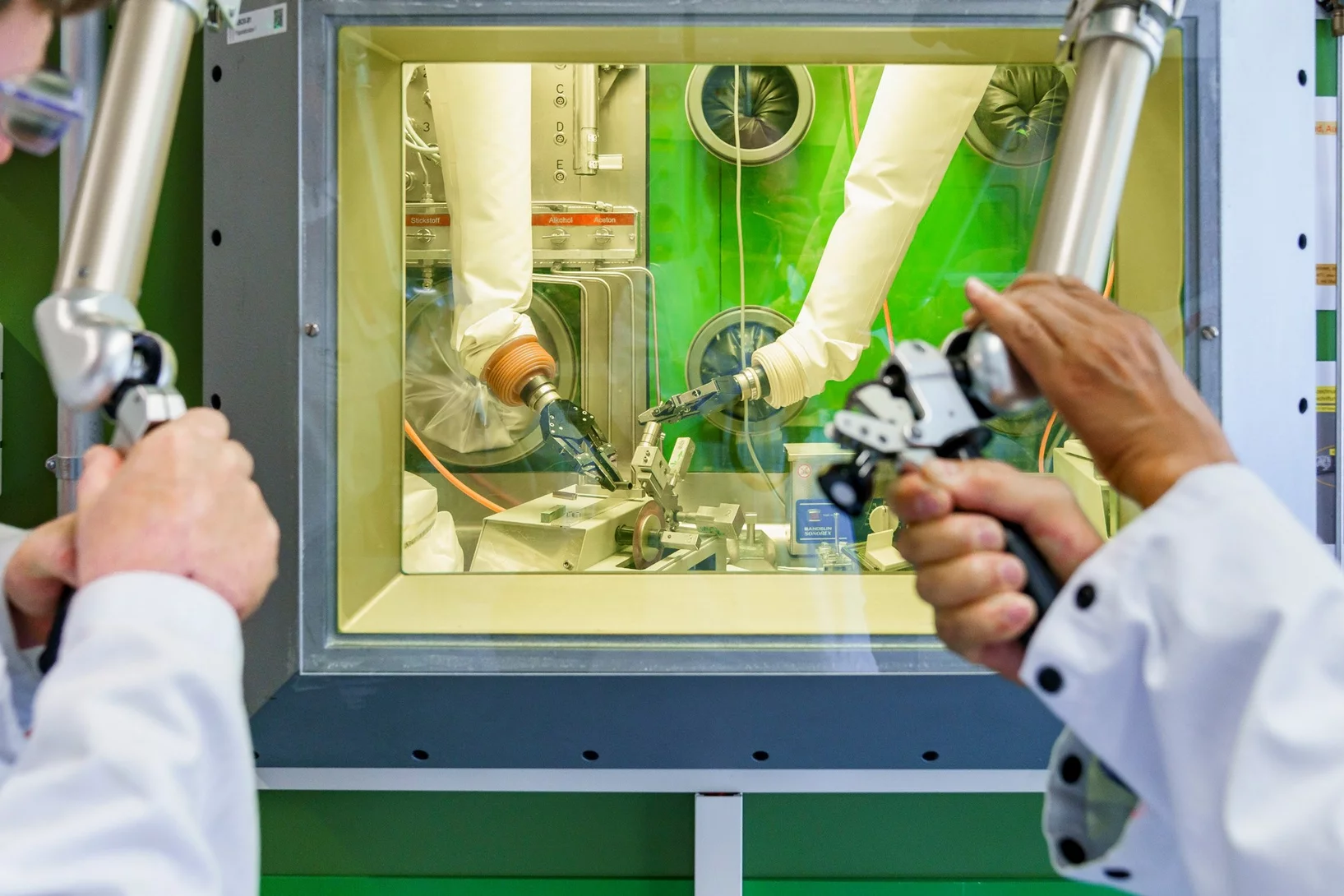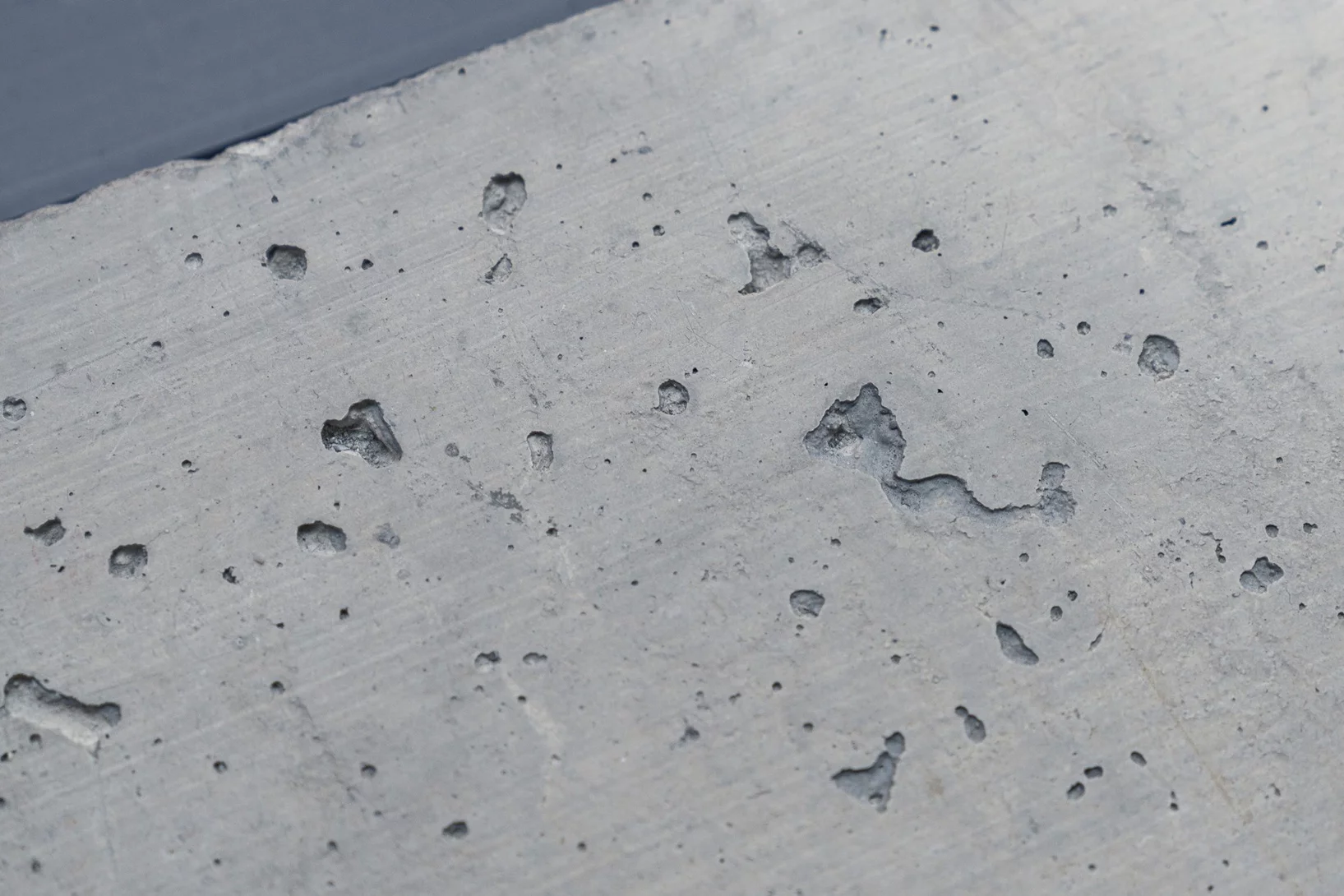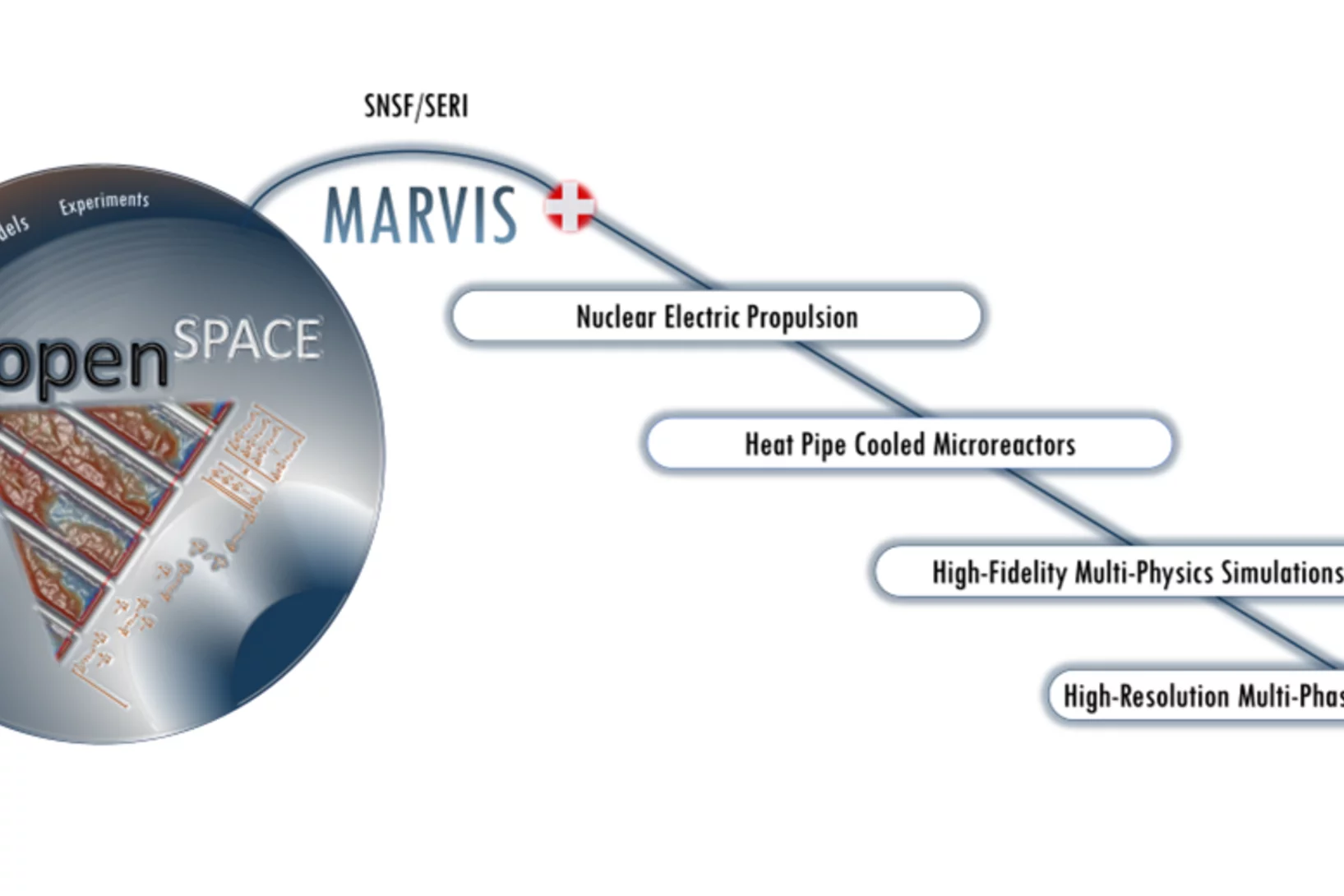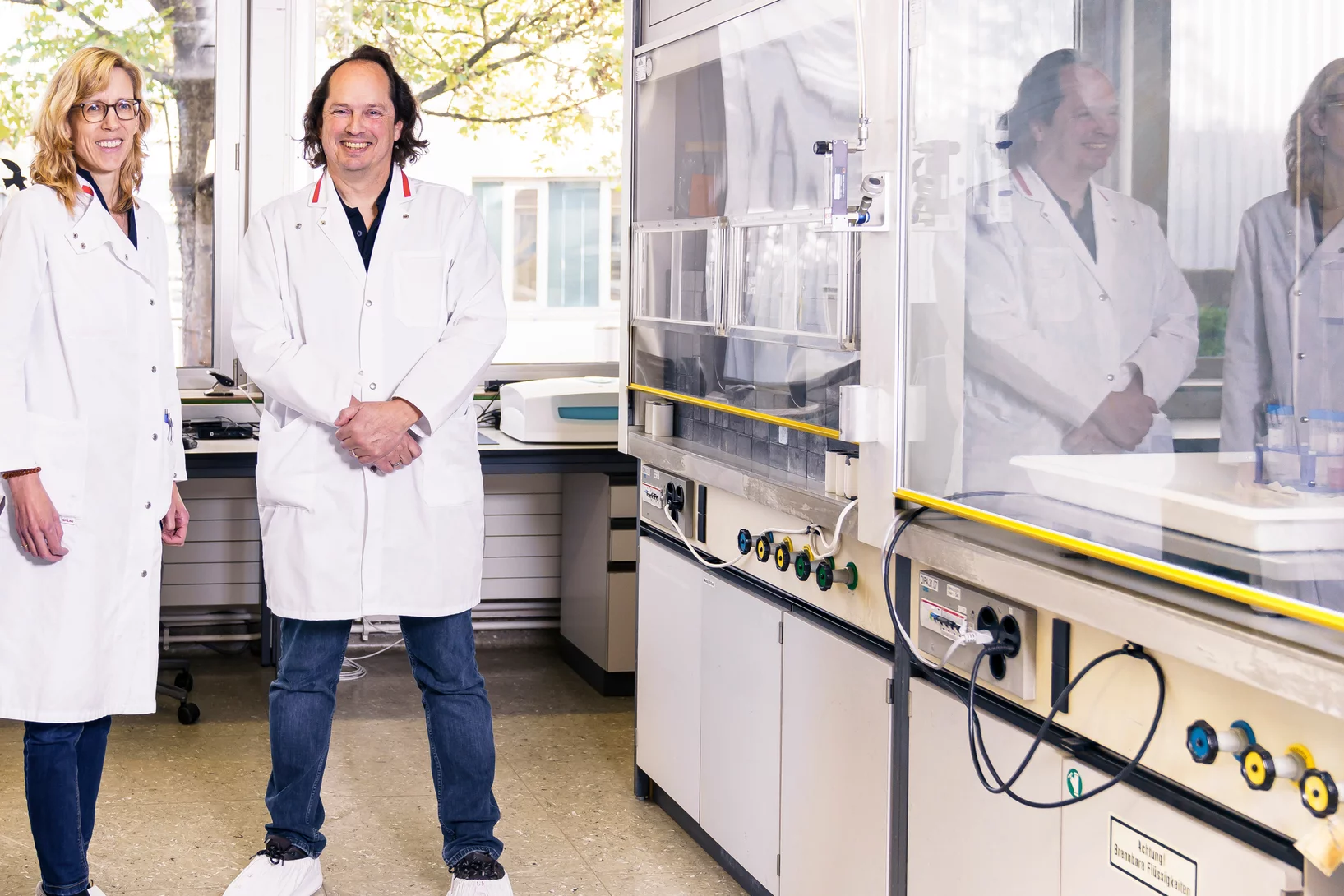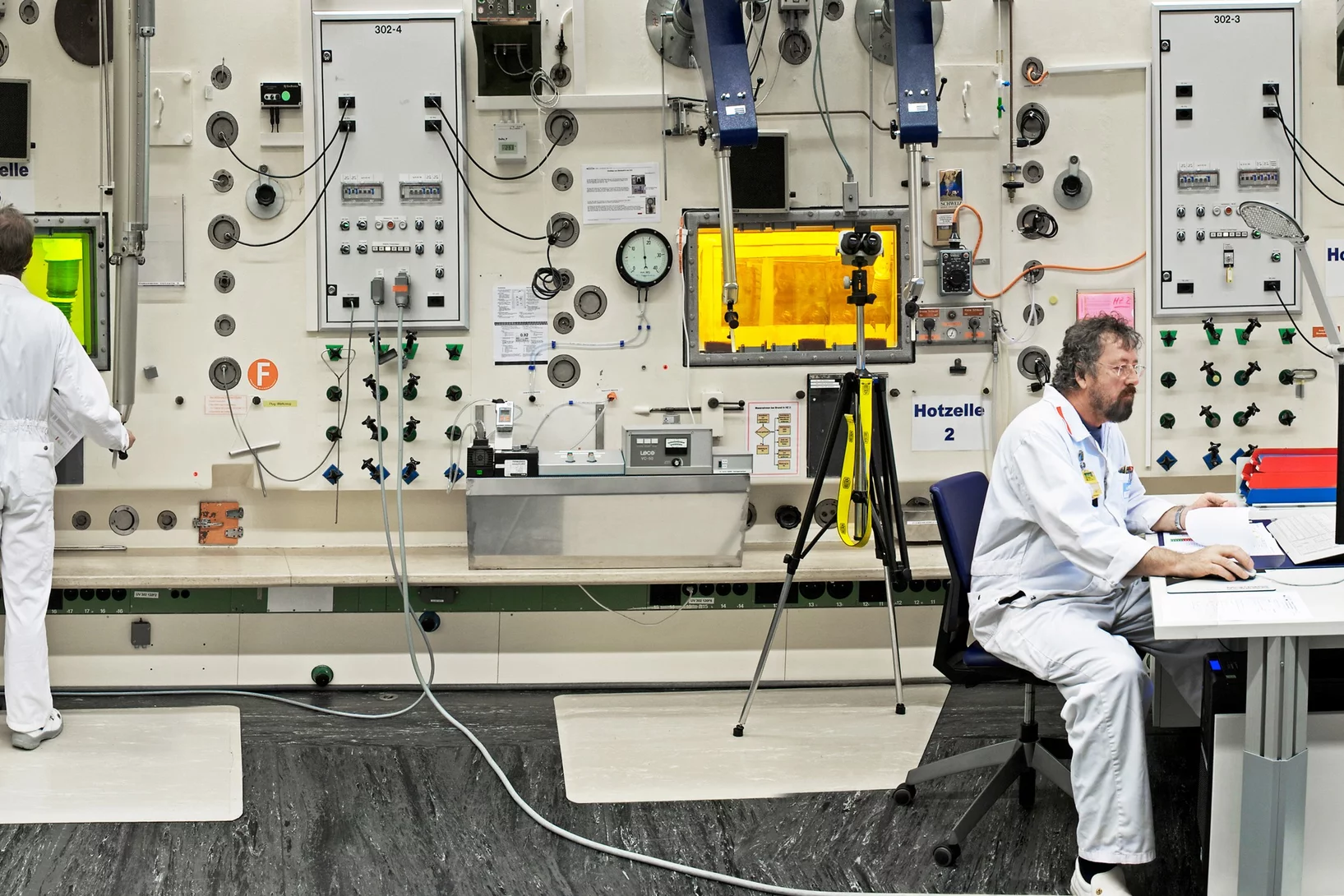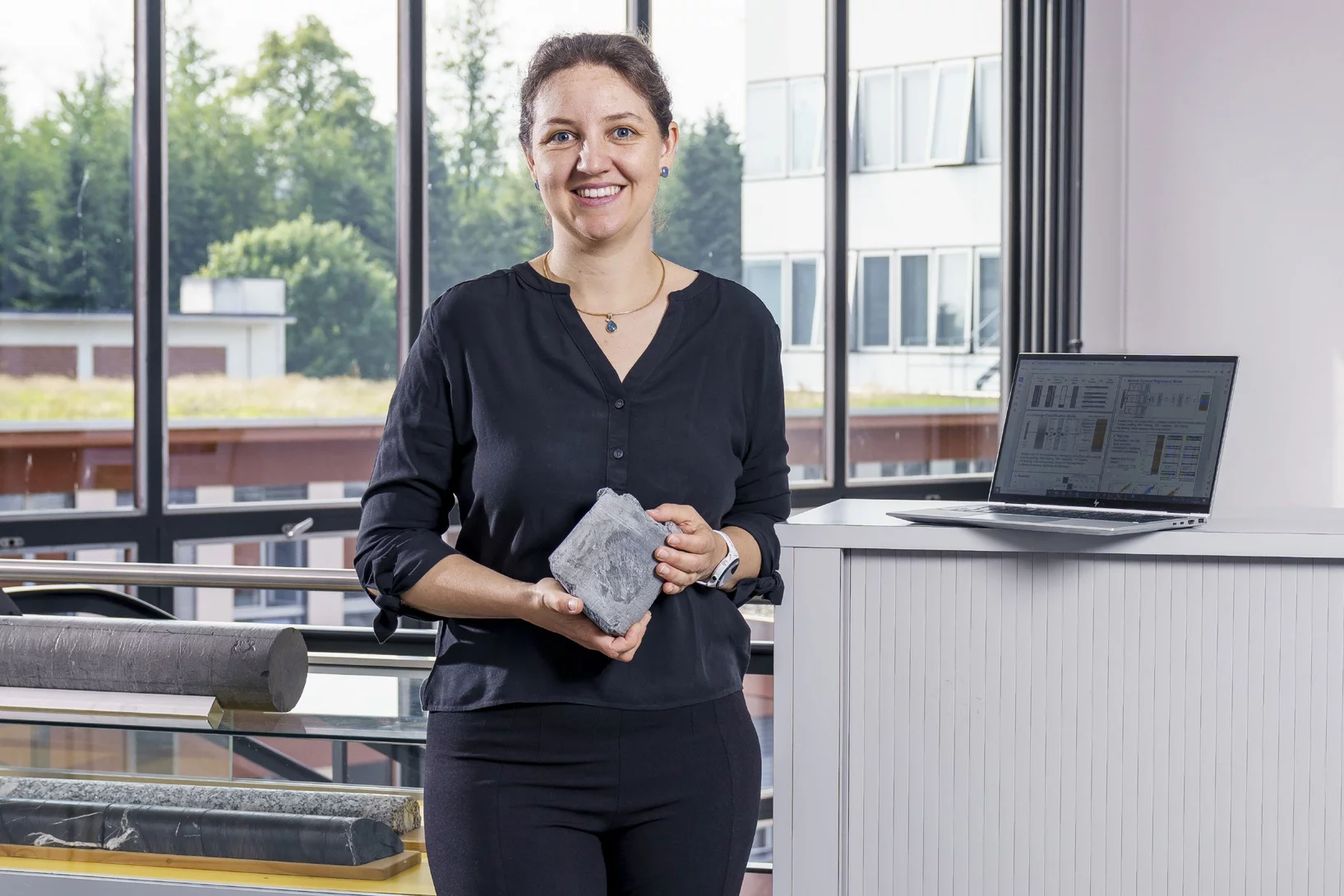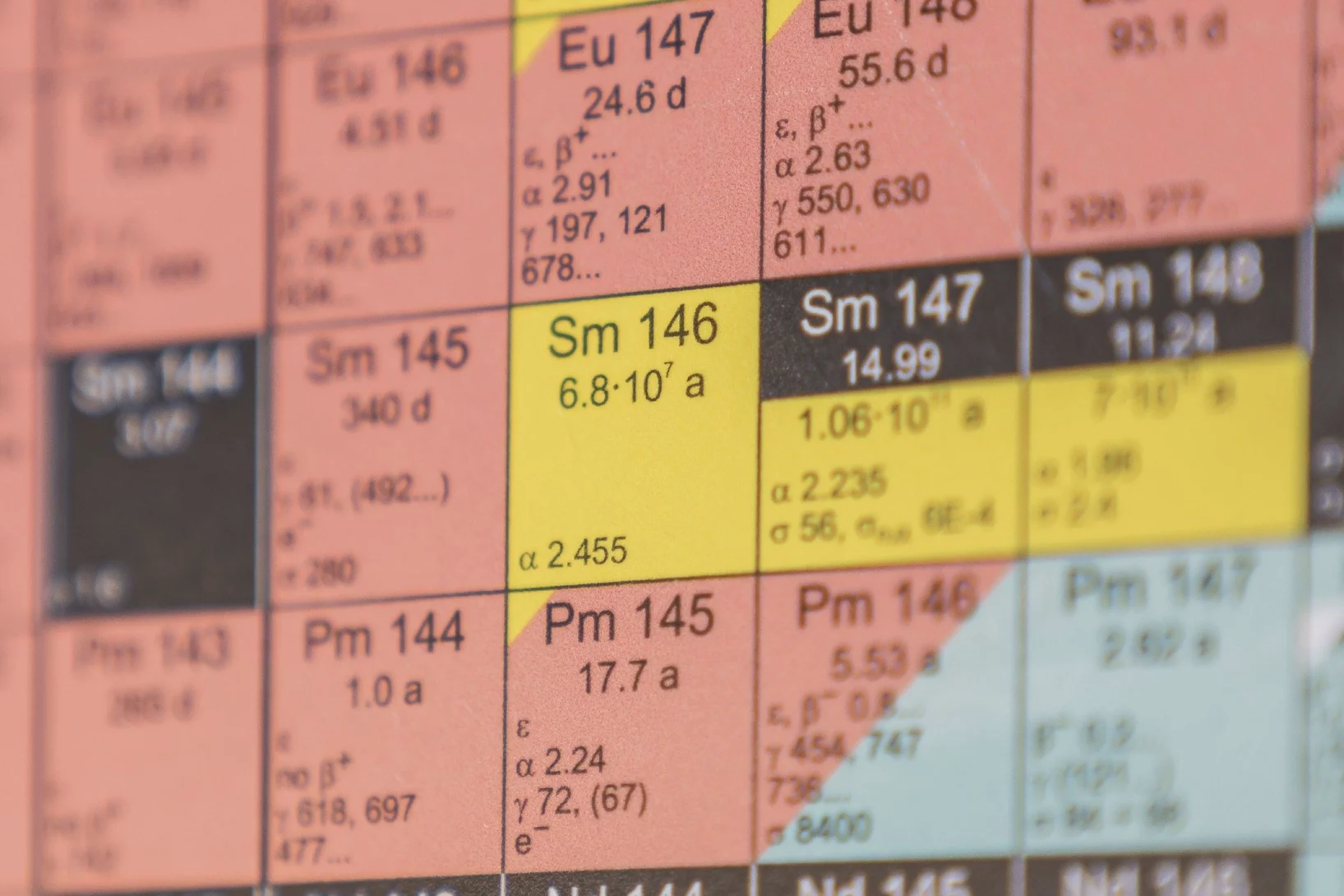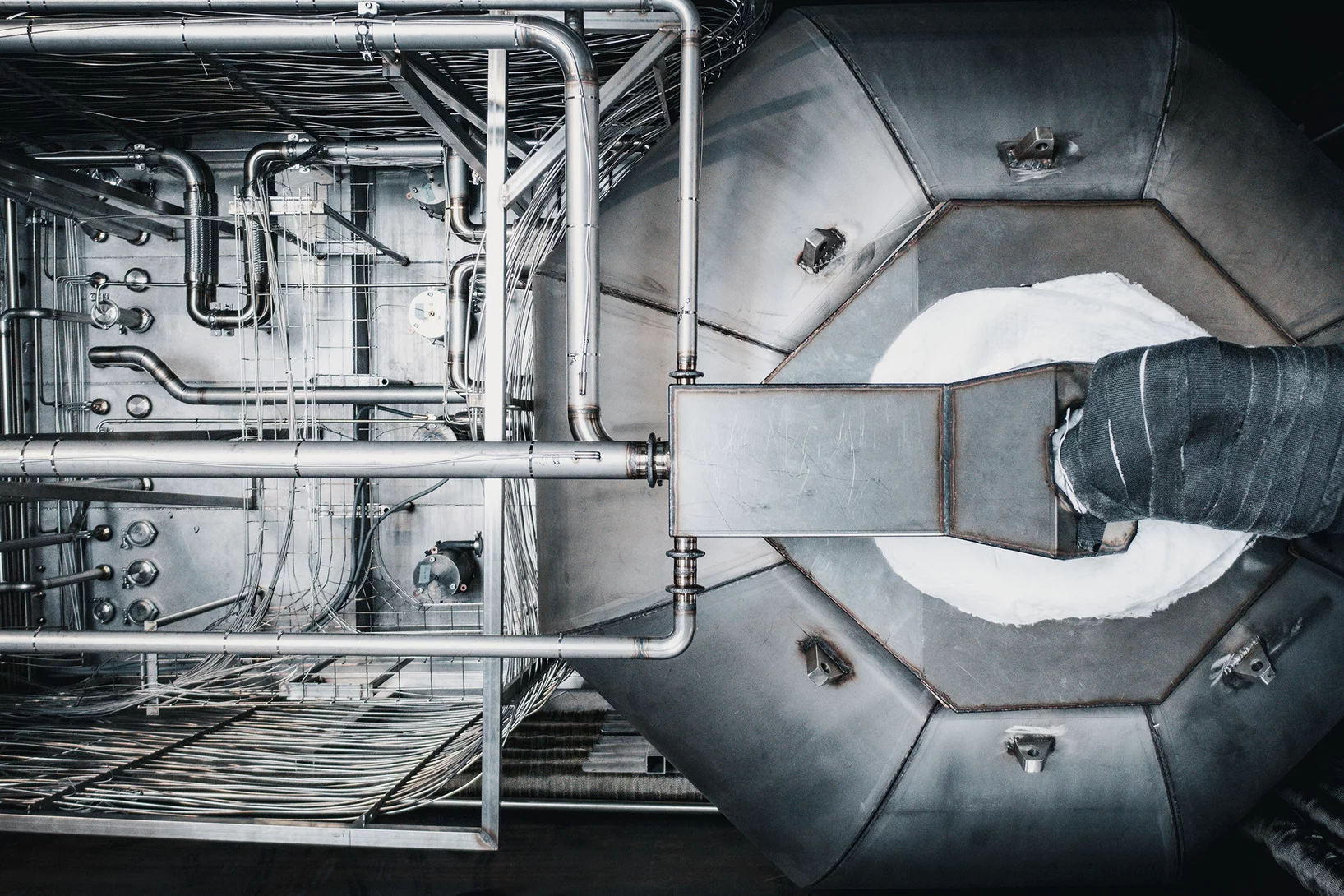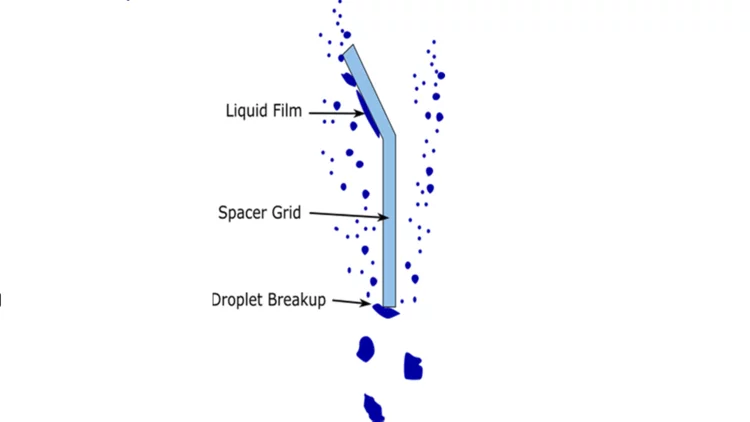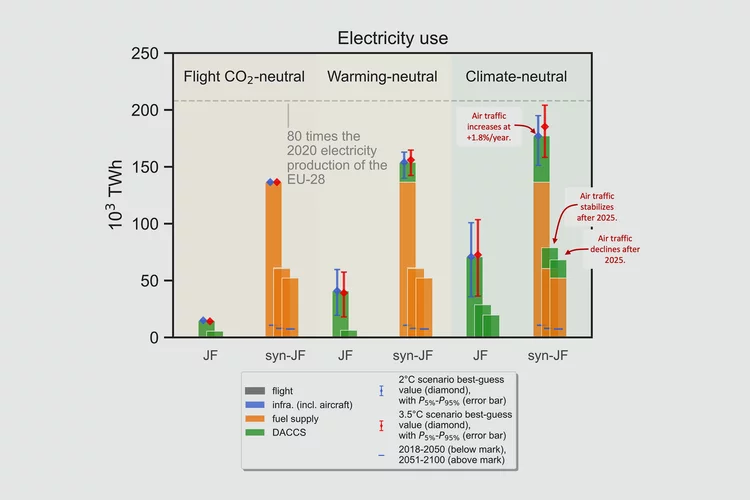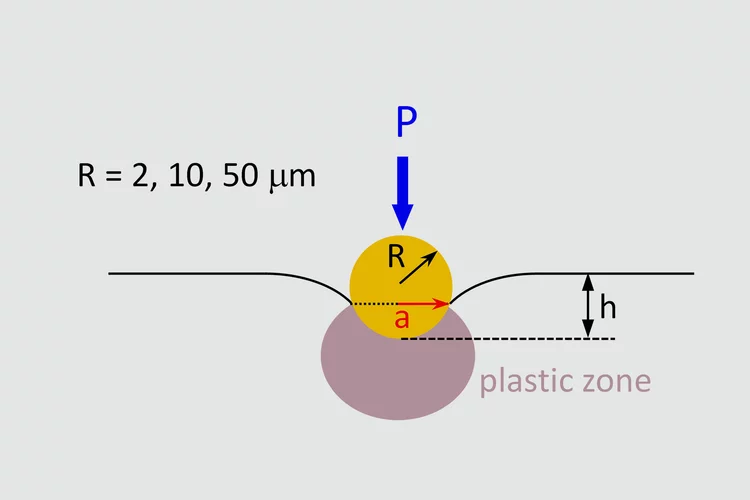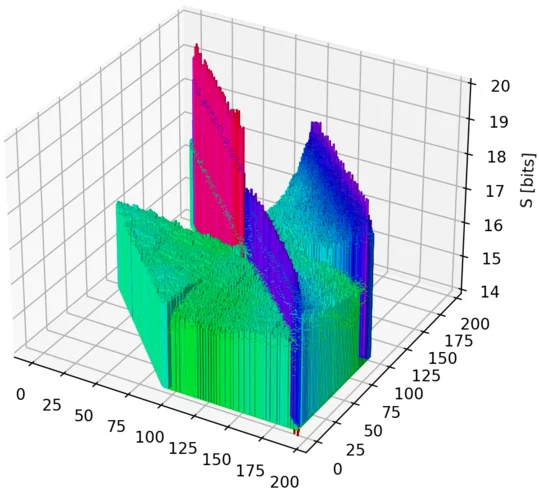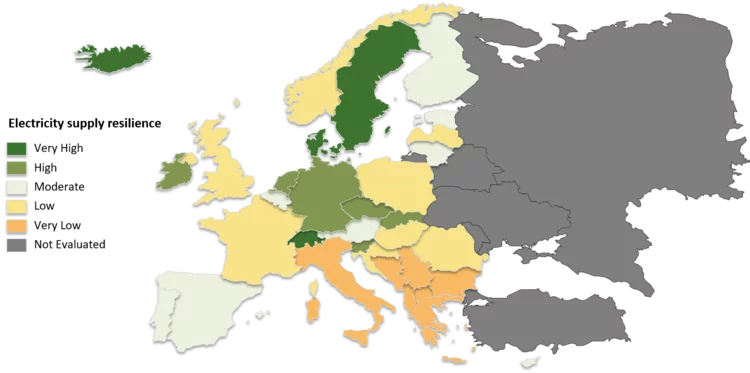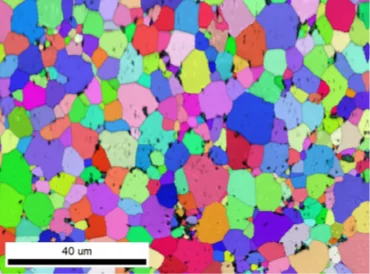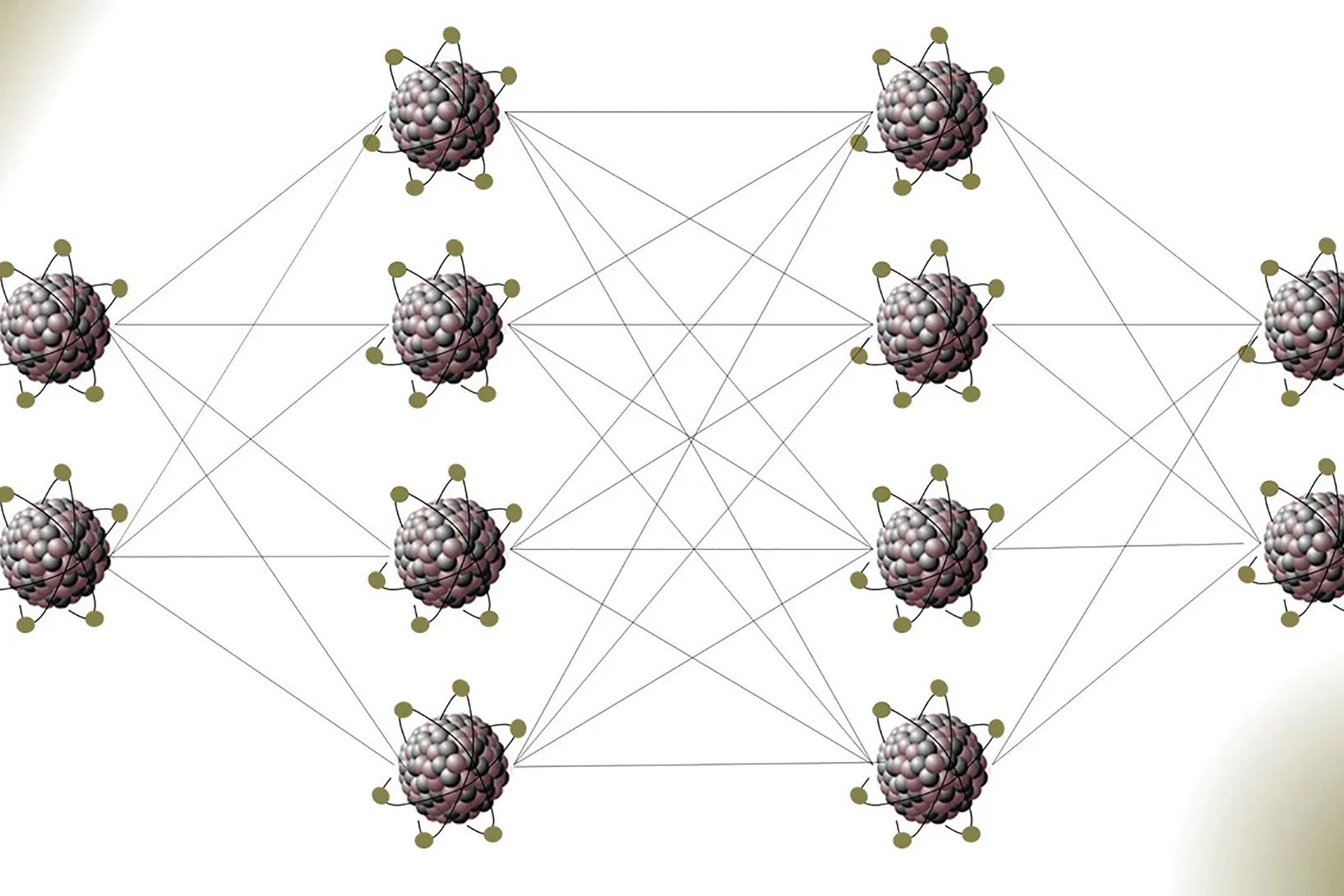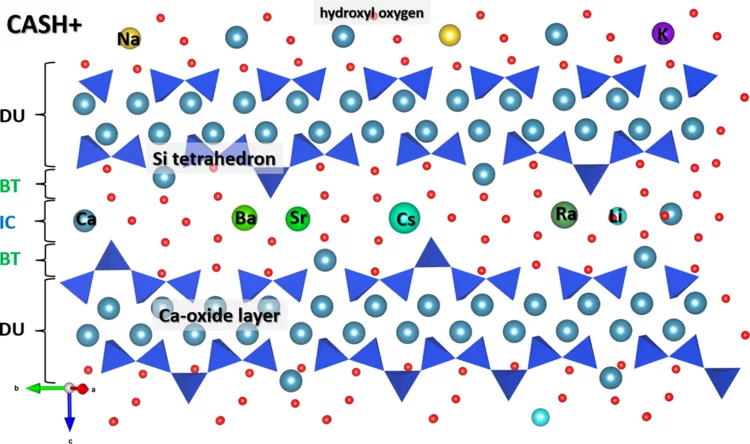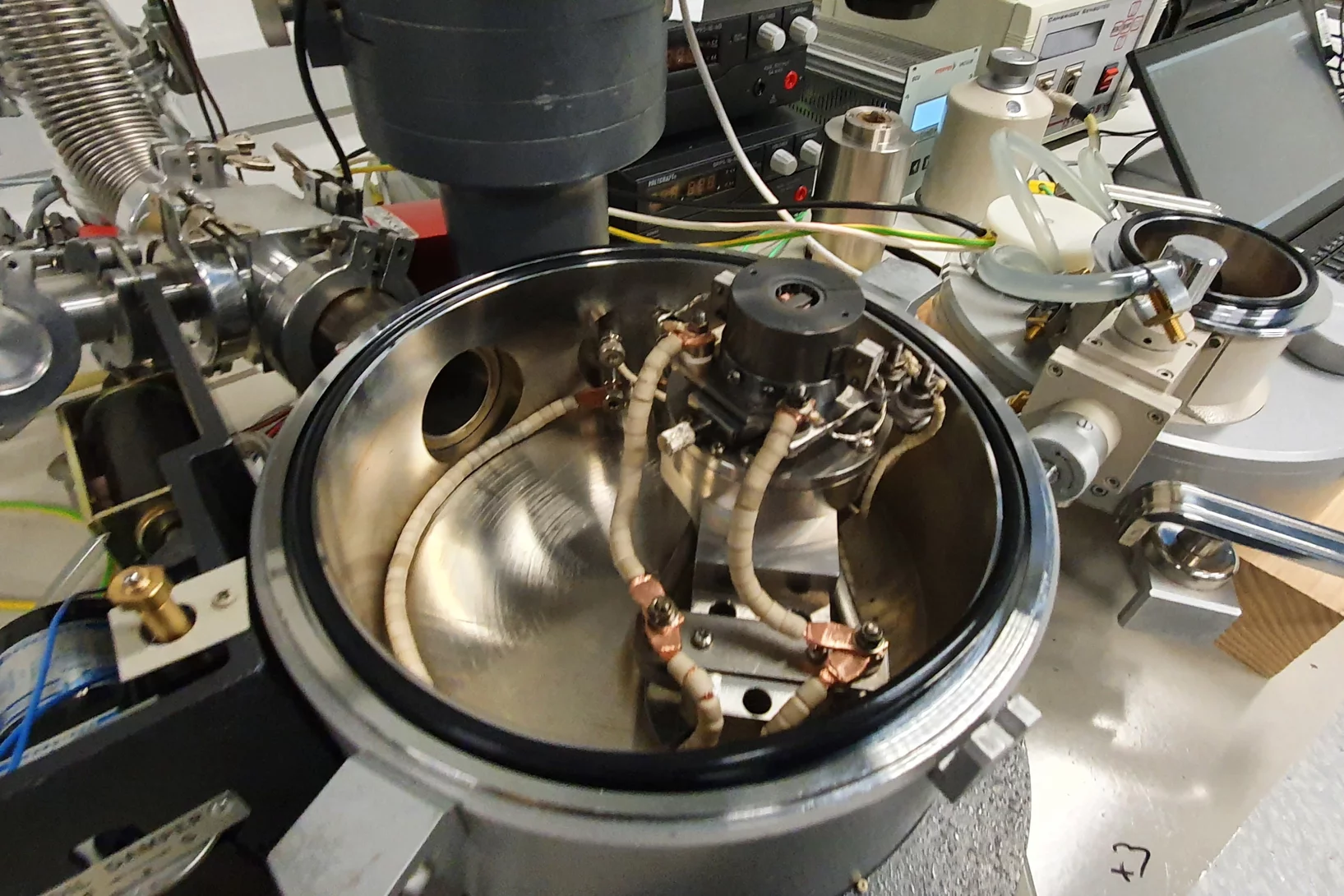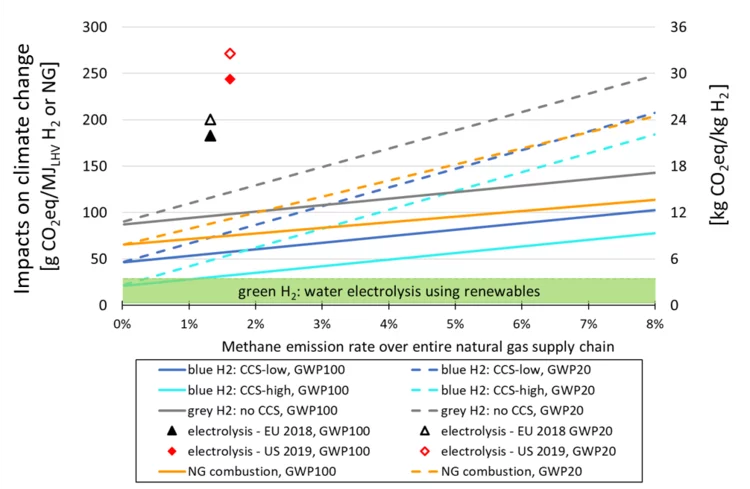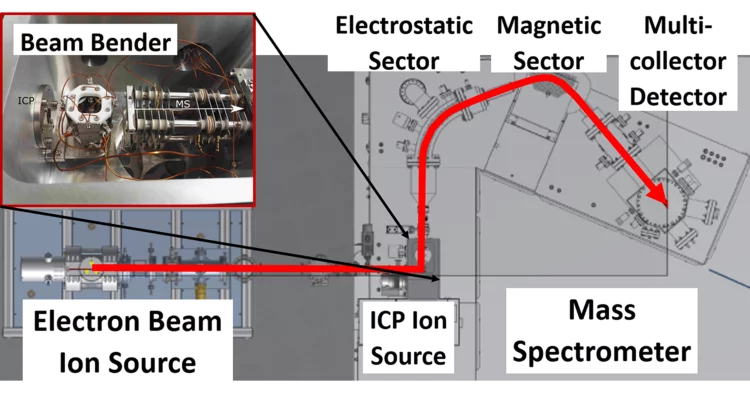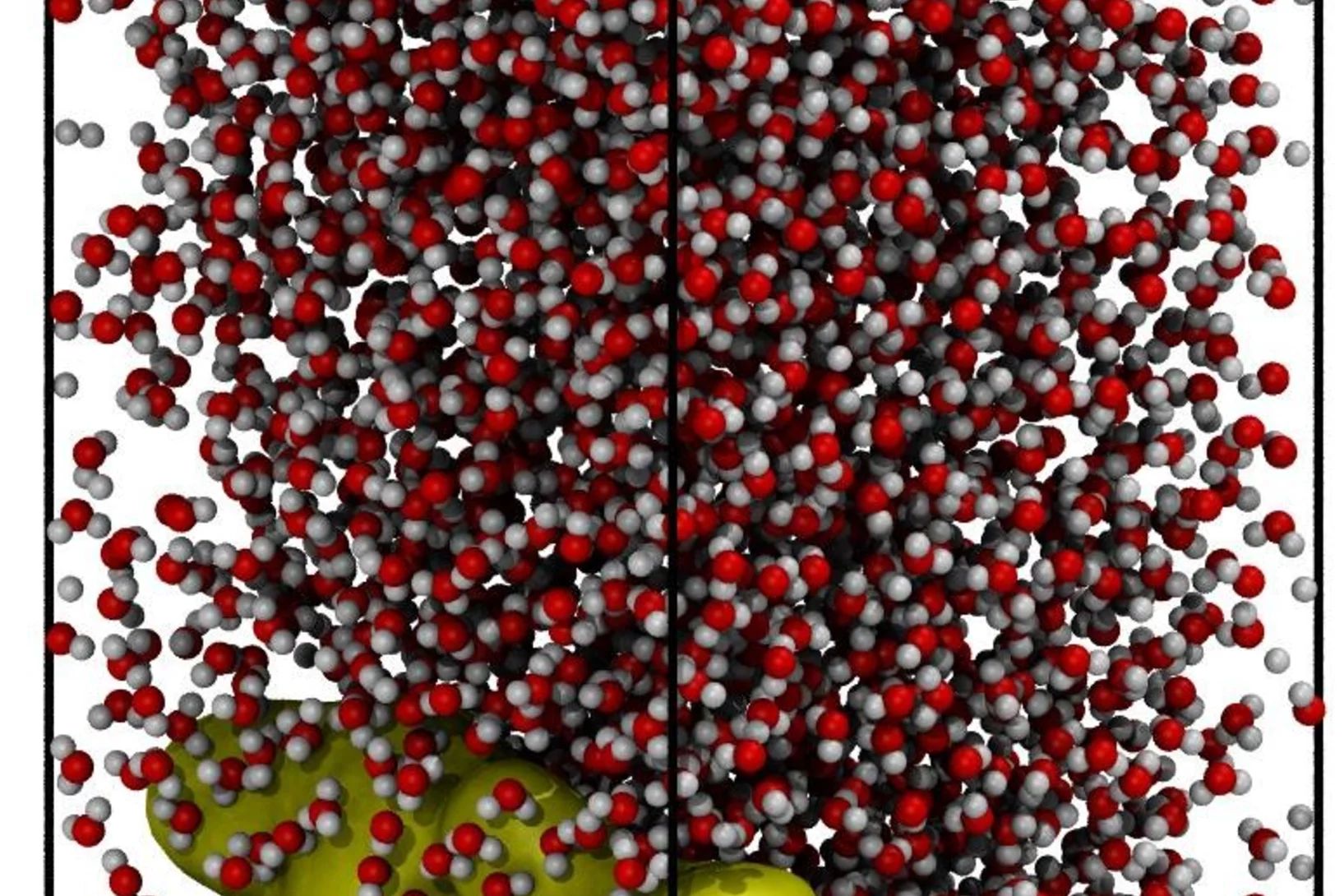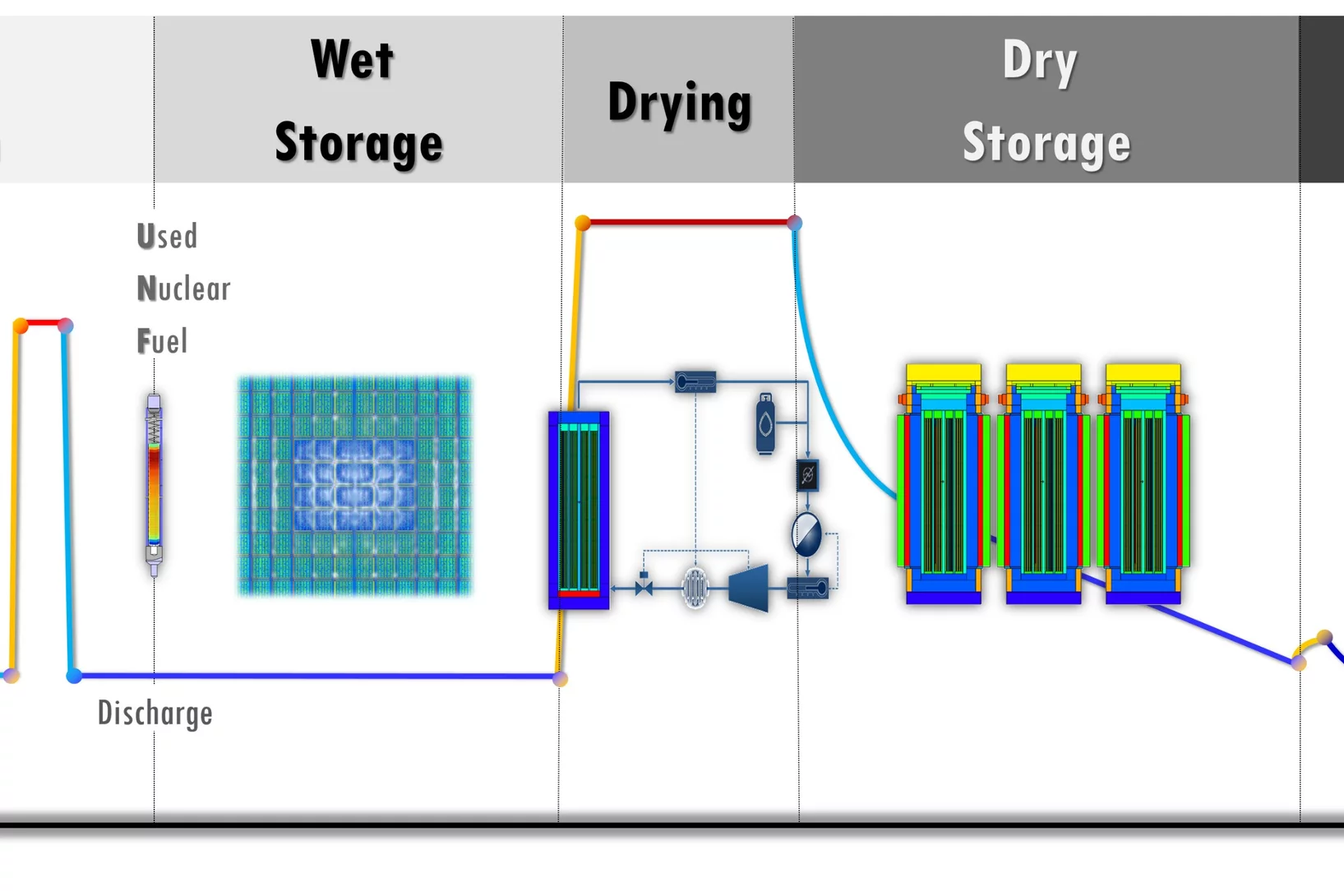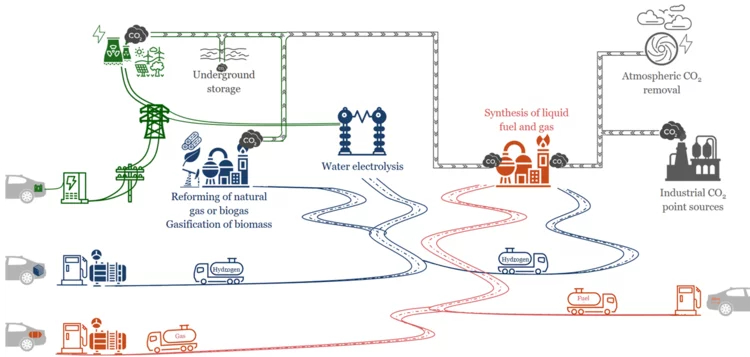Show filters
Predicting component lifetimes in nuclear facilities
For 30 years, experiments have been providing unique insight into how metals and ceramics degrade under high-energy proton bombardment.
POLIZERO: PSI-Projekt zeigt Wege zur Klimaneutralität
Das Netto-Null-Ziel ist erreichbar – wenn die Schweiz jetzt die richtigen politischen Weichen stellt.
Der Zementflüsterer vom PSI
John Provis hat sein Forscherleben einem Baustoff verschrieben, der spannender ist, als man zunächst denken mag.
Mit KI zu grünem Zement
Forschende am PSI nutzen künstliche Intelligenz zur Entwicklung von umweltfreundlichen Zementrezepturen.
Not Rocket Science, just Nuclear Rocket Science
The PSI Laboratory for Reactor Physics and Thermal-Hydraulics (LRT) conducts computational and experimental research with focus on the safety of nuclear reactors and systems. In recent years, it established the EPSILON program to coordinate and consolidate its research activities on nuclear space applications. Among other things, developments were initiated towards an open-source European platform for high-fidelity simulations and experiments dedicated to space nuclear reactors. Referred to as the openSPACE platform, its underlying concepts are a) to include not only solvers but also reference simulation models as well as experimental validation data; b) to make all of these available to the broader and combined nuclear- and space communities for usage and/or further developments. Through this, the goal is thus not only to facilitate collaborative research in this area but also to enable effective support to the European Space Agency for thorough design, safety and performance evaluations of nuclear reactor systems for in-space propulsion and/or surface power. A first development phase focused on nuclear electric propulsion was proposed and retained among the two projects selected in 2023 by the Swiss National Science Foundation (SNSF) for its MARVIS call (Multidisciplinary Advanced Research Ventures in Space) and funded by the Swiss Secretariat for Research and Innovation (SERI). This project, to be conducted via four inter-connected PhD theses, was launched in October 2024 and this marks thus a key milestone for the propulsion of PSI nuclear research towards space.
IMPACT für die Schweizer Gesellschaft
Weltspitze bei den Myonen und in der Herstellung medizinischer Radionuklide: Die weitreichende Bedeutsamkeit des geplanten Upgrades.
60 Jahre Hotlabor
Die am längsten in Betreib stehende kerntechnische Anlage der Schweiz befindet sich am PSI und feiert heute ihr Jubiläum.
Künstliche Intelligenz erkundet das Erdreich
Mithilfe von Bohrkernbildern werden Eigenschaften geologischer Einheiten bestimmt.
«Magisches» Element stellt Modell zur Kernsynthese in Sternen infrage
Überraschende Messungen führen auf die Spur eines unbekannten Prozesses.
Einmalig präzise: Neuer Wert für die Halbwertszeit von Samarium-146
Forscherinnen und Forscher des PSI und der Australian National University haben die Halbwertszeit von Samarium-146 sehr genau bestimmt.
Zusammenarbeit in der Reaktorforschung
Copenhagen Atomics und das Paul Scherrer Institut PSI haben einen Kooperationsvertrag über eine umfangreiche experimentelle Zusammenarbeit geschlossen.
Breaking the Drops
For water-cooled nuclear reactors, a loss of coolant accident constitutes one of the key scenarios to be evaluated for the design of the plant and associated safety systems. Even if these accidents are not expected to occur at all during reactor lifetime, their potential consequences include the heat up of the fuel in the reactor core. For the recovery of the plant to safe conditions, safety systems are in place to inject water in order to reflood the core and to quench the high temperature fuel. The two-phase flow behaviour during this reflooding phase is extremely complex. In particular, the prediction of the behaviour of small liquid droplets generated as the quench front propagates upwards has a significant effect on the fuel temperatures in the upper regions of the reactor core. In collaboration with the US Nuclear Regulatory Commission (NRC), we have been working to improve our modelling of the droplet behaviour and their impact on key safety parameters.
Climate-neutral aviation: will it fly?
The European aviation sector stands at a pivotal juncture in its quest to achieve net-zero climate impacts. Focusing on flight CO2 emissions overlooks up to 80% of the sector's climate repercussions.
Our research delves deep into the role of electricity-based synthetic jet fuels and direct air carbon capture and storage (DACCS) as potential game-changers. These solutions promise climate-neutral aviation, but there's a catch: the relentless rise in air traffic. Relying solely on renewables-derived synthetic fuels may strain both economic and natural resources. On the flip side, offsetting fossil jet fuel impacts via DACCS poses its own set of challenges. Our findings underscore one clear message: for a genuinely climate-neutral European aviation, we must reconsider the scale of air traffic.
Investigations of the irradiation hardening on a ferritic model alloy from spherical nano-indentations
The objective of this project was to determine the contribution from a variety of obstacles to moving dislocations to the nano-indentation stress necessary to initiate plastic flow. The obstacles are characterized by different length scales. Among these characteristic lengths, there are those associated with the material microstructure such as grain size, dislocations density, irradiation-induced defects, and those related to the size of the plastic zone beneath the indenter, or equivalently to the size of the indent. Thus, we can classify the size effects into two categories: structural size effect and indentation size effect (ISE). The underlying idea is to quantify and separate these two effects on the unirradiated material first to be able to properly isolate the contribution of the irradiation defect on the measured hardness from the tests on irradiated materials.
Forensics: Quantitative tracing of Silicon in CRUD
Chalk River Unidentified Deposits (CRUD) are dissolved and suspended solids, product of the corrosion of structural elements in water circuits of nuclear reactors.
The chemical composition of CRUD is variable as it depends on the composition of the reactor’s structural material, as well as the types of refueling cycles. Recent internal investigations have found unexpected but significant Si-amount in CRUD. The chemical composition of CRUD holds key information for an improved understanding of CRUD formation and possible impact in fuel reliability and contamination prevention.
The standard analytical methods available in the hot laboratory did not allow an easy quantitative determination of the Si-amount in CRUD. A new innovative procedure has been developed and tested with synthetic CRUD name Syntcrud.
The adapted flex-fusion digestion method presented here is able to provide reliable concentrations of several elements within CRUD, including Si, which was not possible in methods used previously for ICPMS measurement.
Mobility of Dissolved Gases in Smectite under Saturated Conditions
Mobility of water, sodium and gas molecules within a smectite nanopore
Various gases are produced by metal corrosion and organic material degradation in deep gelological repository for nuclear waste. To ensure repository safety, it's important to demonstrate that gases can be dissipated by diffusion in host rocks and prevent pressure buildup in repository near field. Smectite mineral particles form a pore network that is usually saturated with water, making gas diffusion the primary transport mechanism. Molecular simulations have shown that the diffusion of gases through the pore network depends on various factors, including pore size and temperature. For instance, smaller pores and lower temperatures tend to reduce gas diffusion. Interestingly, hydrogen and helium have been found to diffuse faster than argon, carbon dioxide, and methane, possibly due to interactions with the clay surface and water molecules. Ultimately, the diffusion coefficients for different gases and pore sizes can be predicted using an empirical relationship, which is useful for macroscopic simulations of gas transport.
Approximate Computing for Nuclear Reactor Simulations
During the last decades, computing power has been subject to tremendous progress due to the shrinking of transistor size as predicted by Moore’s law. However, as we approach the physical limits of this scaling, alternative techniques have to be deployed to increase computing performance. In this regard, the next big advance is envisioned to be the usage of approximate computing hardware based on field-programmable gate arrays and/or digital-analogue in-memory circuits. Such approximate computing can provide disproportional gain (x1000) in energy efficiency and/or execution time for acceptable loss of simulation accuracy. This could be highly beneficial in order to accelerate computational intensive simulations such as reactor core analyses with higher resolution multi-physics models. On the other hand, the execution of programming codes on low-precision hardware may result in inadequate outcomes due to quality degradation and/or algorithm divergence. To address these questions, studies on the stability and the performance of advanced reactor simulation algorithms as function of reduced floating-point arithmetic precision are being conducted at the laboratory for reactor physics and thermal-hydraulics. Results obtained so far indicate a large room for the acceleration of nuclear engineering applications using mixed-precision hardware. Therefore, research is now being enlarged towards assessing multiprecision computing methods for reactor core simulations with higher spatial resolution.
Das Beste aus zwei Welten
Annalisa Manera arbeitet als Nuklearforscherin am PSI und als Professorin an der ETH Zürich. Ein Porträt.
Evaluation of European electricity supply resilience
The increasing risk of extended electricity supply disruptions and severe electricity price fluctuations strongly motivate an evaluation of electricity supply resilience. In this direction, this research proposes a multicriteria decision support framework to assess resilience at a country level, based on three major dimensions: Resist, Restabilize and Recover. In total, 35 European countries are ranked according to their performance on 17 indicators, through a synergy of MCDA methods, techniques and communication protocols. The assessment framework has been extended to incorporate the Choquet Integral method, in order to accommodate potentially interacting pairs of criteria and negate their arbitrary effects on the final evaluation results. The analysis incorporates country data from credible international databases, as well as the preference information of a European energy expert. The results are envisaged to support energy policymakers in Europe and provide guidelines and areas for improvement at a country level.
A unique environment for research on highly radioactive materials
PSI has a unique (worldwide) environment for the investigation of highly radioactive / toxic materials:
> Materials (different fuel types, very high burn-up, different cladding materials, materials activated in SINQ).
> The hot lab with advanced tools for microsample analysis and preparation.
> The large-scale equipment for advanced material analysis.
This unique combination at PSI allows us to meet the needs of our industrial partners to improve plant safety / efficiency, up to fundamental research.
The quantitative distribution of fission products over the cross-section of a pellet with a shielded electron probe microanalyzer (EPMA) used for verification analysis of the material behavior to validate the model. In this context, Xe behavior during transients/failure (LOCA, RIA) is an important safety parameter that can’t be measured with the EPMA at the periphery. Microstructural EBSD investigations on a microsample extend the information horizon, which is deepened at the microXAS beamline by detailed X-ray analyses.
ETSON Workshop at PSI Towards Artificial Intelligence Informed Nuclear Safety Assessments
Data science (DS) and artificial intelligence (AI) methods opens up an immense range of new opportunities and challenges in the context of continuously enhancing the complex methodologies used as basis for nuclear safety assessments. To this aim, following discussions in the ETSON Technical Board on Reactor Safety, the PSI laboratory for reactor physics and thermal-hydraulics organized on October 20-21, 2022, an international workshop to review and discuss DS/AI within ETSON, the network of European research and expert organizations providing scientific support to national nuclear authorities. With close to 40 participants, the workshop, organized as a hybrid meeting, allowed to put in evidence that similarly as at PSI, a wide and growing range of developments with integration of DS/AI methods are currently taking place in order to complement and/or inform nuclear safety analysis methodologies.
«Versachlichung würde extrem helfen»
Die Energiedebatte benötigt mehr Fakten und weniger Bauchgefühl – dafür plädieren der Experte für erneuerbare Energien Thomas J. Schmidt und Kernenergieforscher Andreas Pautz.
CASH+ solid solution cement model
A new incrementally extendable thermodynamic model, CASH+, was developed, aimed at accurately describing equilibrium composition, solubility, and elemental uptake of C-A-S-H gel-like phases at varying chemical conditions in cement systems. Cement is widely used as matrix and backfill for low and intermediate level waste. Calcium-Aluminum-Silicate Hydrates (C-A-S-H) are the most important binding phases in cement. They are also responsible for the initial entrapment of radionuclides via sorption or solid solution formation mechanisms. Therefore, the thermodynamic modelling of C-A-S-H stability, solubility and interaction with radionuclides in cement porewater is crucial for understanding hydration, blending, degradation of cement-based materials and for the performance assessment of cementitious repositories.
Hydrogen-induced softening effect in zirconium alloys
The fuel used for nuclear energy production is normally enclosed in zirconium-based cladding tubes that constitute the first barrier between the radioactive material and the environment. In water-moderated reactors, cladding tubes tend to corrode, generating hydrogen as side product. The study of the hydrogen embrittlement in zirconium alloys is of high relevance for the industry.
Depending on temperature, local hydrogen concentration, and local stress conditions, different hydrogen-induced embrittlement mechanisms can be active in the cladding material: in certain conditions hydrogen in solid solution might cause material softening through a mechanism known as hydrogen enhanced localized plasticity (HELP).
With the goal of determining the conditions necessary to activate the HELP effect in zirconium alloys, samples have been evaluated by different micro-mechanical and macro-mechanical techniques. Results highlight the importance of the interplay between solid solution hydrogen and hydrides on the hardness and yield point of the tested materials.
Synthesis of Metallic Lanthanide Thin Samples
This work aimed to produce intermetallic samples of platinoid metals (active metal matrix) and lanthanides (co-metal) and via the method of Coupled Reduction, i.e. a thermal treatment of the combination of the lanthanide oxide and noble metal at high temperature, as high as 1100 °C, under a constant flow of H2. We have demonstrated by means of several techniques, such as Scanning Electron Microscope, Energy Dispersive X-Ray Spectroscopy, Alpha Spectrometry and Radiographic Imaging, that this method, at defined experimental conditions (temperature, pressure and concentration) yields a metallic lanthanide thin film when using platinum as active metal matrix. Conversely, the formation of a bulk intermetallic compound was obtained when using Pd as matrix. Those systems will have applications in different nuclear physic and radiochemistry studies, such as irradiation targets for production of superheavy elements and for nuclear data determination.
Blue hydrogen can help protect the climate
An international group of researchers led by the Paul Scherrer Institute has carried out in-depth analyses of the climate impact of blue hydrogen. This is produced from natural gas, with the CO2 resulting from the process captured and permanently stored. The study concludes that blue hydrogen can play a positive role in the energy transition – under certain conditions.
MC-EBIS-ICP-MS – a unique dual Ion Source Mass Spectrometer
This highlight presents a successful, in-house developed integration of an Electron Beam Ion Source (EBIS) able to ionize gases to high charge states with a customized commercial MC-ICP-MS. The successful joining of the two ion flight paths is a milestone towards comprehensive routine analyses of solids, liquids, and gases using THE SAME MASS SPECTROMETER, the latter analyses free from atmospheric contamination. After implementation of an introduction system for gas mass spectrometry, routine analyses will comprise isotope ratio and relative abundance determinations of fission gases in used nuclear fuel. In addition to the unique versatility of the MC-EBIS-ICP-MS, inclusion of the EBIS furthers opens the little-studied field of mass spectrometry of highly charged ions.
Deciphering the molecular mechanism of water boiling at heterogeneous interfaces
Water boiling control evolution of natural geothermal systems is widely exploited in industrial processes due to the unique non-linear thermophysical behavior. Even though the properties of water both in the liquid and gas state have been extensively studied experimentally and by numerical simulations, there is still a fundamental knowledge gap in understanding the mechanism of the heterogeneous nucleate boiling controlling evaporation and condensation. In this study, the molecular mechanism of bubble nucleation at the hydrophilic and hydrophobic solid–water interface was determined by performing unbiased molecular dynamics simulations using the transition path sampling scheme. Analyzing the liquid to vapor transition path, the initiation of small void cavities (vapor bubbles nuclei) and their subsequent merging mechanism, leading to successively growing vacuum domains (vapor phase), has been elucidated. The simulations reveal the impact of the surface functionality on the adsorbed thin water molecules film structuring and the location of high probability nucleation sites.
Taking good and safe care of the retired … nuclear fuel
After several years of loyal and reliable services during heavy duty operation in a reactor, nuclear fuel must be discharged and go into retirement. For Switzerland, the final place of retirement is planned to consist of a deep geological repository where the used nuclear fuel will be disposed. Before the repository is constructed, the used fuel will need to be stored in wet pools and/or dry storage casks.
During all this time, safe handling of the fuel will remain the top priority for operators and regulators. To gain better knowledge on the relevant phenomena which could potentially affect the fuel thermo-mechanics and safety characteristics during long storage periods as well as to allow predicting their evolution, simulation models are being developed at PSI within the DRYstars project.
A first milestone was recently achieved with the development of models coupled to state-of-the-art fuel performance codes for each of the three main categories of phenomena considered as having high safety relevance for storage, namely helium behaviour, creep behaviour and hydrogen behaviour.
E-fuels and electrification as complementary approaches to achieve climate target
Sustainable, synthetic fuels, so-called e-fuels, can help reduce CO₂ emissions. For their production, electricity from renewable sources is required in order to allow for a close to CO₂-neutral balance. The availability of electricity from renewable sources, which ensures the climate benefits of e-fuels, is currently still limited. “Especially in order to produce on a larger scale, a lot of renewable electricity is needed,” explains Christian Bauer, researcher at the Laboratory for Energy Systems Analysis (LEA) at PSI.

